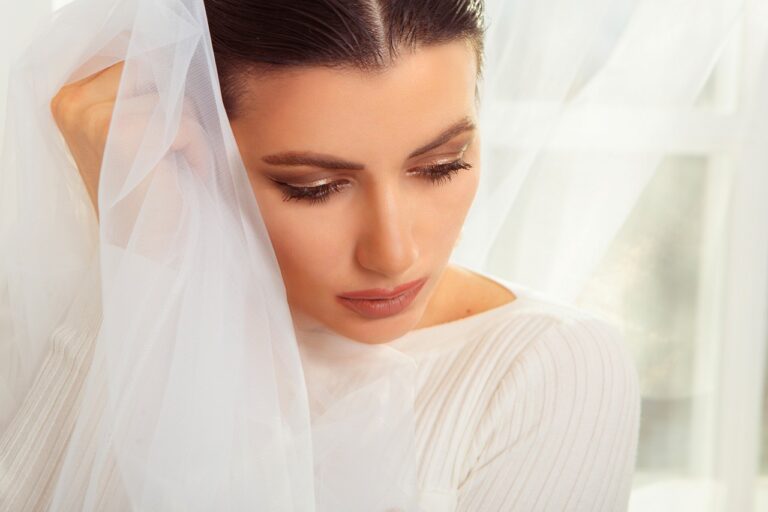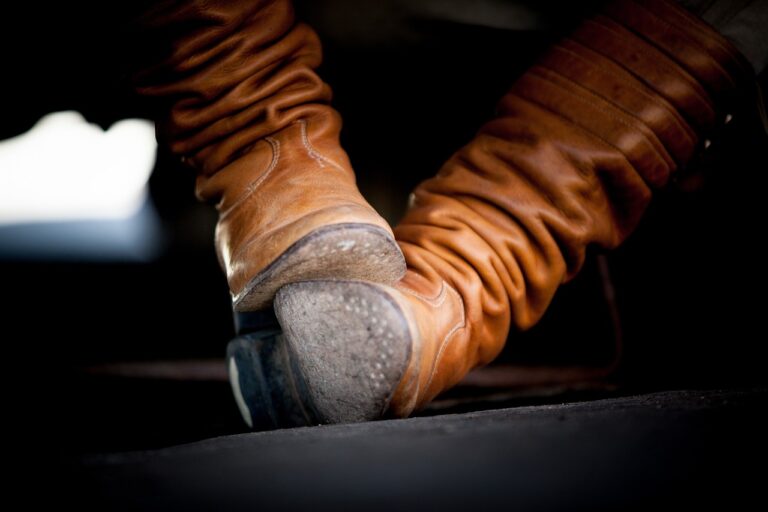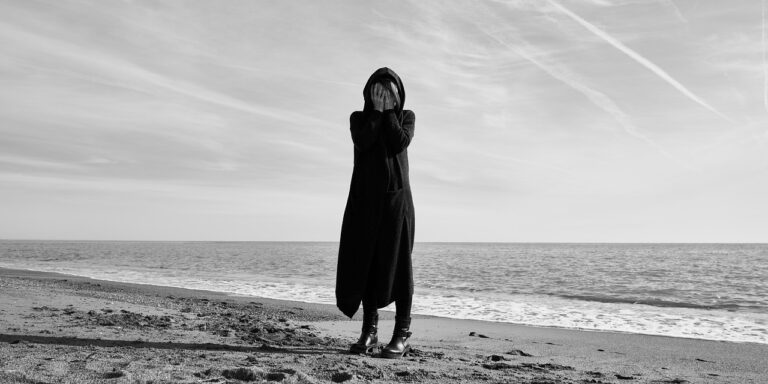Fashion and Politics: The Symbolism of Clothing in Political Statements
Clothing has long held a significant role in political movements, serving as a potent tool to convey messages and ideologies without the need for words. Throughout history, individuals and groups have utilized clothing as a form of nonverbal communication to express their political beliefs and affiliations. From the suffragettes wearing white to symbolize purity and unity in their fight for women’s rights to the Black Panthers donning black leather jackets as a symbol of strength and solidarity in their struggle against racial injustice, clothing has been a powerful visual element in shaping the narrative of political movements.
The choice of clothing can also serve as a form of protest and resistance against oppressive systems. In many instances, marginalized groups have reclaimed certain garments or symbols as a way to challenge established norms and assert their presence in the public sphere. For example, the use of the rainbow flag as a symbol of LGBTQ+ pride and resilience has become a prominent feature in various Pride events, signaling a collective stand against discrimination and stigma. Through the strategic selection of clothing and accessories, individuals within political movements can make a visual statement that resonates with their intended audience and amplifies their message of change.
The Role of Fashion in Presidential Campaigns
Fashion has long played a significant role in shaping the image and perception of political candidates during presidential campaigns. The clothing choices of candidates often convey messages about their personality, values, and relatability to voters. Whether it’s a tailored suit, a simple dress, or a casual attire, candidates carefully select their wardrobe to make a statement and connect with the electorate on a visual level.
In addition to making personal statements through their fashion choices, candidates also use clothing to align themselves with specific demographics or convey certain political messages. For example, the color of a tie or the style of a dress can subtly signal allegiance to a particular political party or ideology. Fashion in presidential campaigns is not just about looking presentable, but also about strategically using clothing to communicate political messages and connect with voters on a symbolic level.
How has clothing played a role in political movements throughout history?
Clothing has often been used as a tool for conveying messages and symbolism in political movements. From suffragettes wearing white to symbolize purity and virtue, to Black Panthers wearing black leather jackets as a symbol of strength and unity, fashion has been intertwined with politics for centuries.
How does fashion play a role in presidential campaigns?
Fashion plays a significant role in presidential campaigns by helping candidates convey their message and image to the public. Candidates often carefully choose their clothing to appeal to specific demographics or to convey a certain persona, whether it be relatability, authority, or approachability.
Can a candidate’s fashion choices impact their chances of winning an election?
While fashion alone may not determine the outcome of an election, a candidate’s clothing choices can certainly influence public perception and potentially sway voters. Candidates who present themselves in a polished and professional manner through their clothing can come across as more credible and trustworthy to voters.
How do fashion trends influence political campaigns?
Fashion trends can influence political campaigns by shaping public perception and setting the tone for a candidate’s image. Candidates often take cues from current fashion trends to stay relevant and appeal to a broader audience. Additionally, fashion can be used strategically to differentiate a candidate from their opponents and create a unique identity.
Are there any guidelines or rules for candidates when it comes to their fashion choices during a presidential campaign?
While there are no strict rules or guidelines for candidates when it comes to their fashion choices, it is generally advised for candidates to dress in a manner that is appropriate for the occasion and reflects their personal style in a positive light. Candidates should also consider the cultural and social implications of their clothing choices to avoid controversy or backlash.





